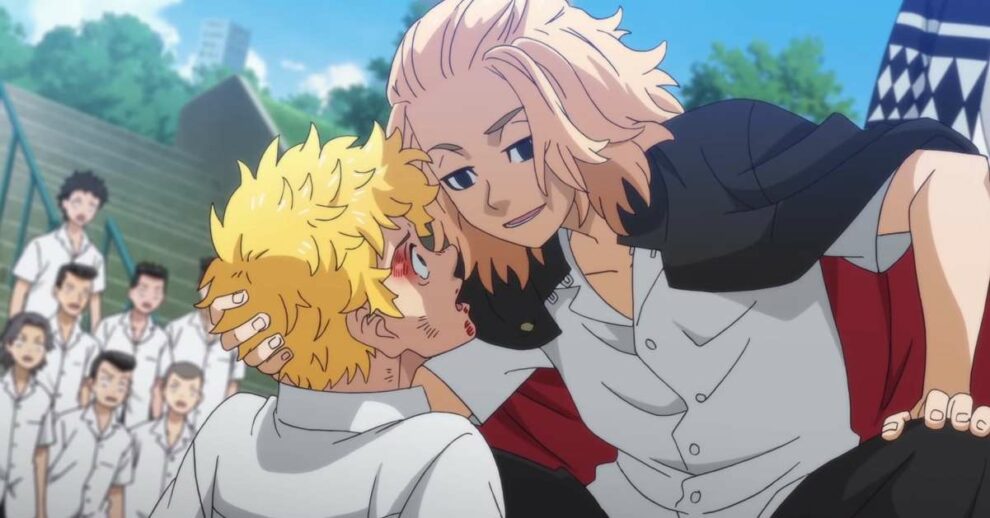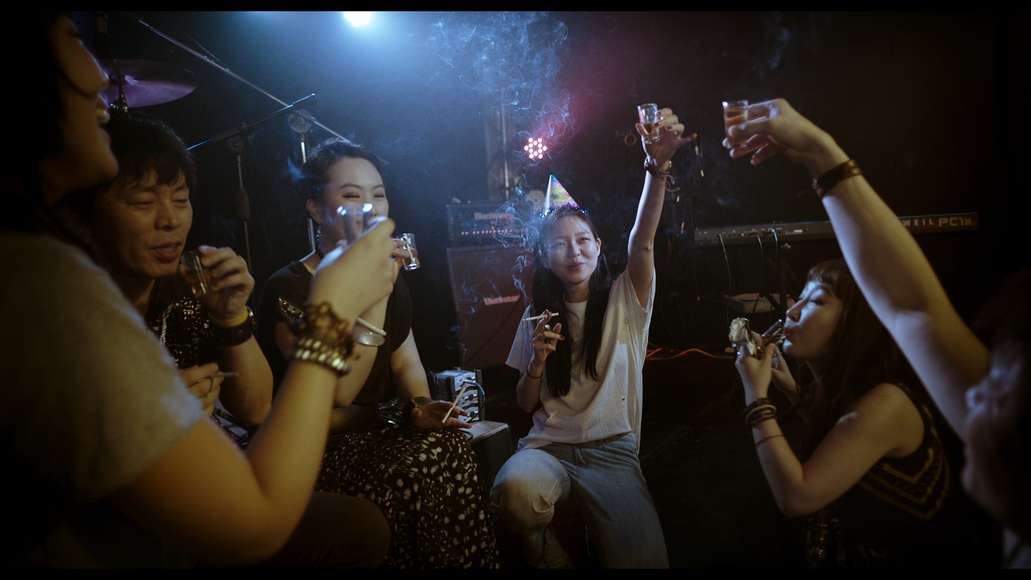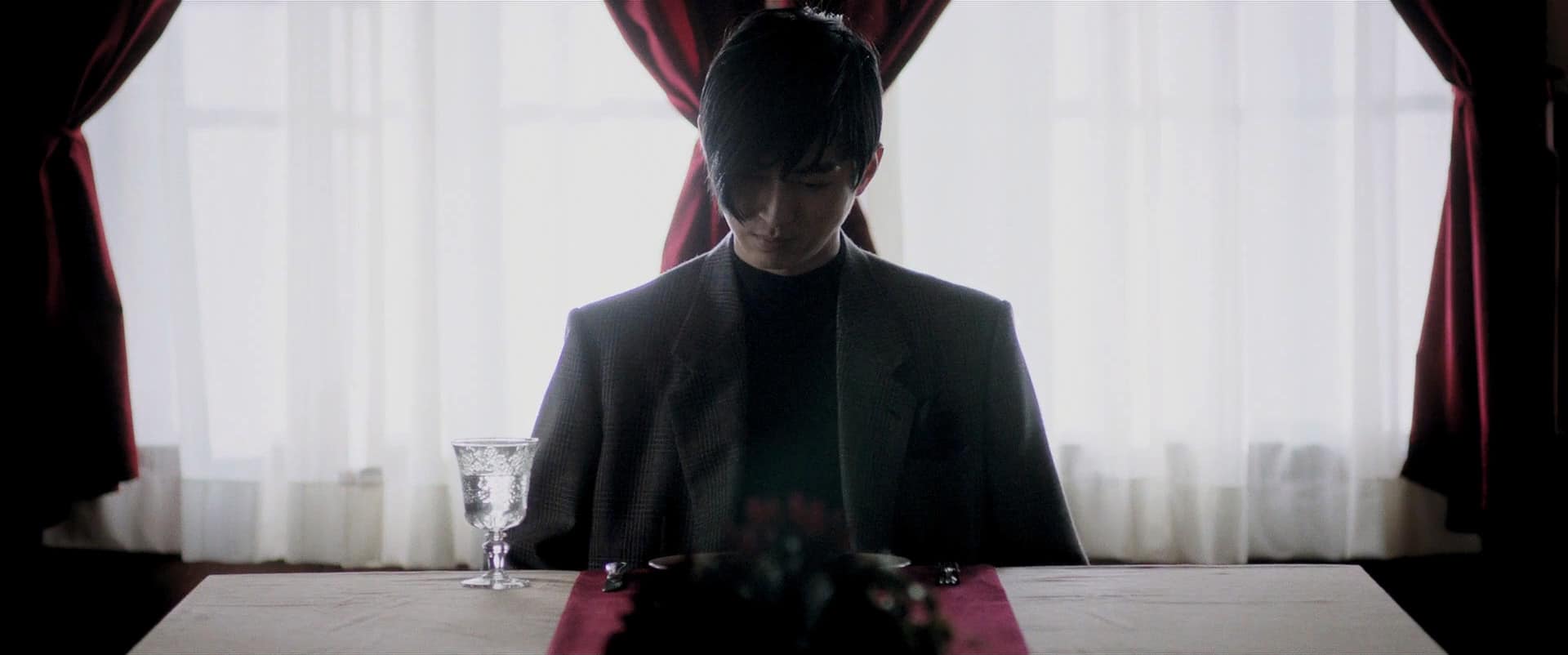The concept of going back in time in order to correct past mistakes was occasionally used brilliantly in the anime world, with titles such “When They Cry” highlighting the fact in the most eloquent fashion. Based on the homonymous manga by Ken Wakui, which currently is one of the best-selling of all time, “Tokyo Revengers” attempts to do something similar, adding however, the rather popular theme of delinquent gangs.
Watch This Title on Crunchyroll
by clicking on the image below
Takemichi Hanagaki, a 26-year-old freeter with no hope in life, learns one day that his middle school ex-girlfriend, Hinata Tachibana, as well as her younger brother Naoto, are killed by the Toman (Tokyo Manji) gang, after a rather violent incident. Later that day, a shocked Takemichi is pushed in front of a train, but instead of dying, he teleports exactly 12 years into the past, to 2005. He relives his middle school years, and after revealing to Naoto that Hinata will die, he is suddenly transported back to the present, creating a time paradox where Naoto survives and is now a detective.
Naoto deduces that Takemichi is able to travel back 12 years when they hold hands. Using his knowledge from the future, the young man vows to save Hinata, but in order to do so, he has to change the past of the Tokyo Manji Gang also, while in the process, he finds himself becoming friends with the leader, Mikey Sano and his second-in-command, Draken. As he learns more about them, he also realizes that every change he makes in the past, also has repercussions in the future, while his relationship with the gang leaders puts his connection with Naoto to strain. Eventually, he also learns that changing the past is not simply a case of altering a specific event, but more a series of different ones, while the fact that someone was pulling the strings from behind the scenes at the time, also becomes apparent.
Check also this interview
The series begins as a kind of comedy that also includes a lot of fighting, additionally harboring another anime-favorite concept, that of a weakling trying to make a change in a world of ultra powerful individuals, through his sheer will. The fact, however, that Takemichi has the mind of an adult adds another level to the story, essentially making it much more interesting, along with the fact that the protagonist knows what is going to happen in the future. This ability however, has a definite limit, since the more Takemichi dwells into the history of the Toman, the more he realizes that what he knew was only the tip of the iceberg. The fact that despite his efforts, which are occasionally successful, he still finds himself suffering the same tragedy, not to mention even worse ones, is one of the main sources of drama here. This aspect is what gives the series its depth, and makes it much more than a shonen title about fighting gangs.
Furthermore, as there is also a second time axis unfolding simultaneously at the initial, alternative future, where Takemichi and Naoto are still trying to learn more about what happened in those 12 years, adds another level of drama to the story, as the fate of the majority of the initial characters is rather bad. Moreover, the fact that Mikey and Draken, supposedly the people responsible for the death of Hinata, are proven to be pretty decent guys despite their power, is also rather intriguing, as Takemichi is trying to find what happened for them to change in that way. The second arc, that involves the Valhalla gang and a truly brutal group fight that takes up the last episodes of the first season, clears up some things, but also introduces two crucial characters, Kisaki and Baji, who both shed light and confuse things even more.
Lastly, one can also say the narrative revolves around the concept of grief and regret, with a number of characters, even apart from Takemichi, suffering from both, with the reasons behind and the ways it has affected them as characters being excellently revealed throughout the season, in a testament to Koichi Hatsumi's direction.
The aforementioned, however, do not mean that the series is devoid of action. On the contrary, the fights are many and quite brutal on occasion, with the fact that the protagonist is frequently the one getting severely beaten adding a very appealing drama factor to the action. The same applies to the deaths of some of the protagonists, as much as the repeated ones of Hinata, which are definitely among the most memorable in the series. This approach, of having fights that are all meaningful and organically implemented in the narrative is what sets “Tokyo Revengers” apart from the many similar titles, even though the concept of the more and more powerful opponents that keep appearing is also quite evident.
The character design by Keiko Ota and Kenichi Onuki is pretty good, with the individuals mirroring their personality through their appearance, and the ones who don't, as in the case of Mikey, who is too handsome and too short for the monster he is, providing a pleasant surprise. Furthermore, the way Ota and Onuki present the various protagonists in different ages is also excellent, while the fact that, despite the plethora of individuals appearing throughout, the majority of them retain their individuality in terms of drawing, is a feat unto itself. The animation by Liden Films is on a very high level, with the action scenes being particularly brutal but also retaining a sense of realism to a point, and the non-action ones, quite realistic.
“Tokyo Revengers” is an excellent title, one that thrives on both story and context, and none that definitely stands out from the plethora of similar anime titles.















